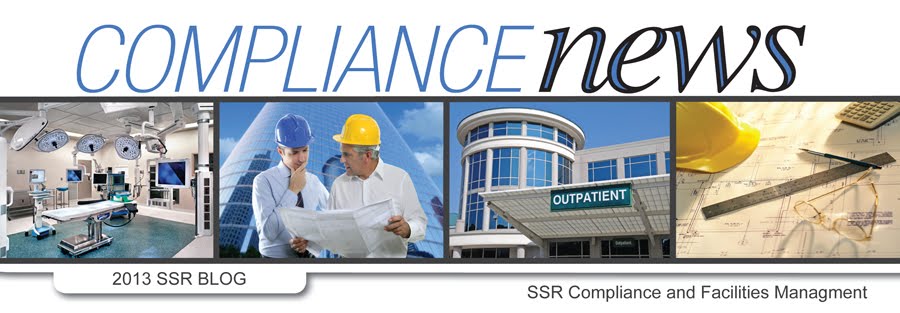Compliance News: Holiday Decorations
by Robert Trotter, BS, MCP and David Stymiest, PE, CHFM, CHSP, FASHE
Many of this newsletter’s readers are regularly confronted with questions concerning holiday decorations. The Joint Commission’s 2012 Hospital Accreditation Standards, Standard LS.02.01.70 EP-1 states: “The hospital prohibits all combustible decorations that are not flame retardant. (For full text and any exceptions, refer to NFPA 101-2000: 18/19.7.5.4.)”
In NFPA 101-2000®, paragraph 18/19.7.5.4 states “Combustible decorations shall be prohibited in any health care occupancy unless they are flame-retardant. Exception: Combustible decorations, such as photographs and paintings, in such limited quantities that a hazard of fire development or spread is not present.”























